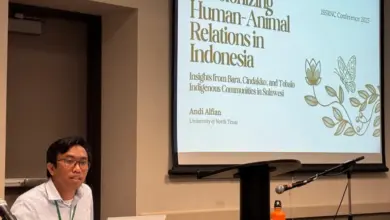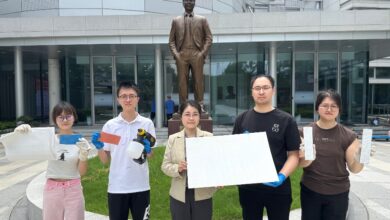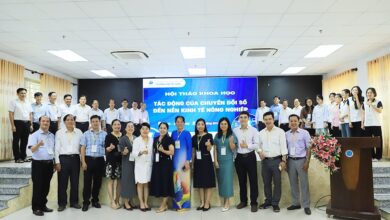NUS researchers develop an innovative and flexible method to study immune cell capabilities

Our body’s immune system is a complex network of organs, cells, and proteins that work in synchrony to protect our bodies against infections caused by pathogens and fight against disease-causing changes in our body, such as the emergence of cancer cells. Cell-mediated cytotoxicity is one of such defence mechanisms carried out by the immune system that fights against foreign cells.
Deep analysis of the various players involved in cell-mediated cytotoxicity can provide insights into the normal processes during good health and the defence mechanisms during an autoimmune disorder. However, current methods of analysis are unable to accurately describe the intricacies of cell-mediated cytotoxicity as these methods adopt an indirect approach.
Assistant Professor Cheow Lih Feng from the NUS Institute for Health Innovation & Technology, together with his team members Dr Luah Yen Hoon and Dr Wu Tongjin, have devised a simple and innovative way to directly identify and sort the immune cells involved in cell-mediated cytotoxicity.
“The novel methodology proposed by my team is highly selective in identifying the killer cells capable of efficiently eliminating a target cell. This stands in contrast to other cell-mediated cytotoxicity characterisation techniques, which are labour-intensive, time-consuming and less selective,” said Asst Prof Cheow, who is also from the Department of Biomedical Engineering under the NUS College of Design and Engineering.
This new method was published in Nature Biomedical Engineering on 31 August 2023.
Painting killer cells green
During cell-mediated cytotoxicity, some immune cells can destroy foreign cells through cell lysis by releasing proteins that trigger a cascade of cellular processes that destroy foreign cells. These immune cells that have exhibited cell-killing behaviour are referred to as killer cells. Once these foreign cells are killed or lysed, they will spill their intracellular contents to the surrounding area.
Building upon this concept, the NUS team proposed a way to ‘paint’ the surface of the killer cells responsible for destroying these foreign cells. The researchers named this new method PAINTKiller (for ‘proximity affinity intracellular transfer identification of killer cells’).
The NUS researchers used an intracellular staining dye known as carboxyfluorescein succinimidyl ester (CFSE) to stain the foreign cells. This non-toxic dye can enter and be retained within cells. The team then modified the surface of immune cells so that they would have this receptor to capture the CFSE dye when it is released by the foreign cells during cell lysis, allowing them to identify the killer cells that are responsible.
Sorting killer cells for immunotherapy applications
Following the successful design of the PAINTKiller method, Asst Prof Cheow and his team conducted an experiment to investigate the possibility of using PAINTKiller to sort the subtypes of killer cells involved in cell-mediated cytotoxicity. The team demonstrated that killer cells that were labelled with the CFSE dye displayed better performance in killing foreign cells as compared to killer cells that were not labelled.
Using the CFSE dye as an identifier, the NUS researchers were able to sort and extract the subtypes of killer cells and grow them separately. They also found that immune cells that were labelled by CFSE using the PAINTKiller method had better killing capacity and remained potent even after 12 days.
These promising results suggest that PAINTKiller could provide a potential strategy for producing higher quality cell-based immunotherapies.
Read more : News NUS




